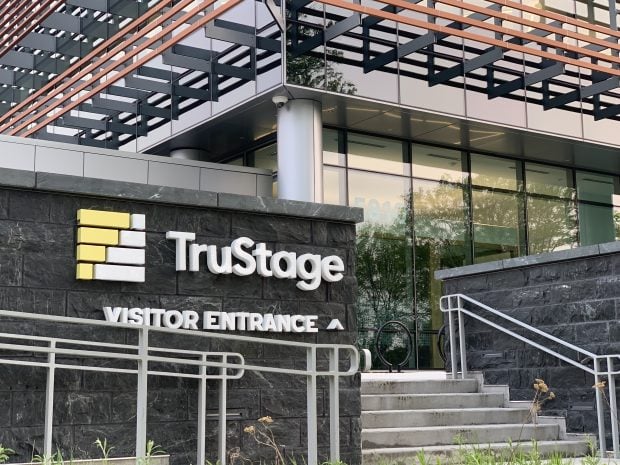Among the trends observed in the Verisign Distributed Denial of Service Trends Report for Q1 2015 is that the frequency of attacks against financial services and public sector customers increased to represent 18% of mitigations.
Verisign attributes the uptick in attacks toward financial services and public sector industries to the increased employment of DDoS attacks as part of political activism, or hacktivism, against financial services firms and various international governing organizations.
“Since the early days of the Internet, malicious actors have used DDoS attacks as tools of protest, financial gain, retaliation and simple mischief,” the Verisign report stated. “A look into the various reasons why these actors use this increasingly effective form of online attacks can help victims and security professionals better understand, anticipate and prepare for these increasingly accessible and disruptive threats.”
Other key findings for the period starting Jan. 1, 2015 and ending March 31, 2015 included: More attacks took place in Q1 2015 than in any quarter in 2014, including 7% more than in Q4 2014; and more than half of all attacks peaked at more than one gigabit per second (Gbps), 34% of attacks peaked between one and five Gbps, and nearly 10% of attacks peaked at more than 10 Gbps. Volumetric DDoS attack sizes peaked at 54 Gbps/18 million packets per second (Mpps) for User Datagram Protocol (UDP) floods and 8 Gbps/22 Mpps for Transmission Control Protocol (TCP)-based attacks. IT Services/Cloud/SaaS was the most frequently targeted industry in Q1, representing more than one third of all mitigation activity.
Verisign also believes that these attacks may be in reaction to various well-publicized events throughout the quarter, including the Charlie Hebdo terrorist attacks in Paris, France, and protests in Venezuela, Saudi Arabia and the United States.
The Verisign report noted that criminally minded attackers can use DDoS attacks as an effective smokescreen to launch other types of intrusions into networks, often with financial goals in mind. While intrusion-response teams focus on DDoS mitigation, attackers have a greater chance of evading notice while conducting data and financial theft, including fraudulent wire transfers from victimized accounts.
A 2012 joint statement from the FBI, the Financial Services Information Sharing and Analysis Center (FS-ISAC) and the Internet Crime Complaint Center (IC3) noted the then-new trend of using DDoS attacks as a diversion, and identified malware dubbed “DirtJumper” as one of the tools of choice for the attackers. The joint statement warned financial institutions described DirtJumper as “a commercial crimeware kit that can be bought and sold on criminal forums for approximately $200.”
© 2025 ALM Global, LLC, All Rights Reserved. Request academic re-use from www.copyright.com. All other uses, submit a request to [email protected]. For more information visit Asset & Logo Licensing.








